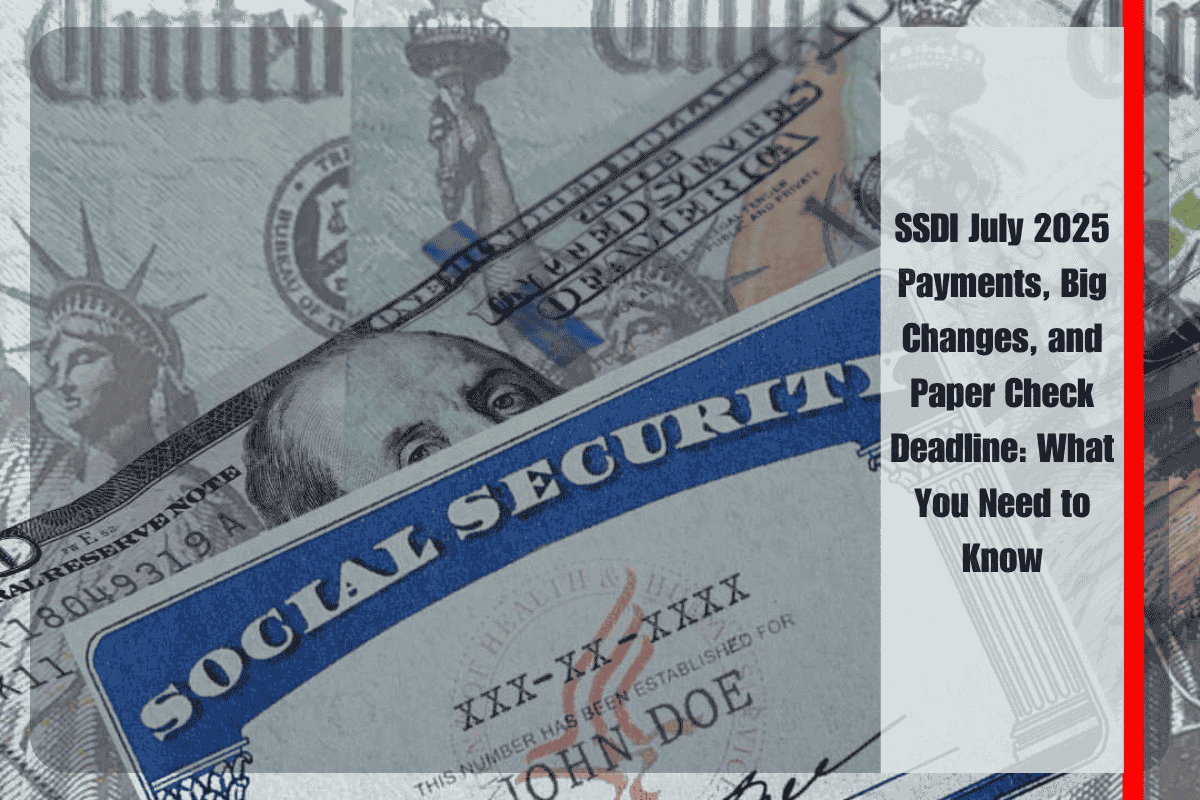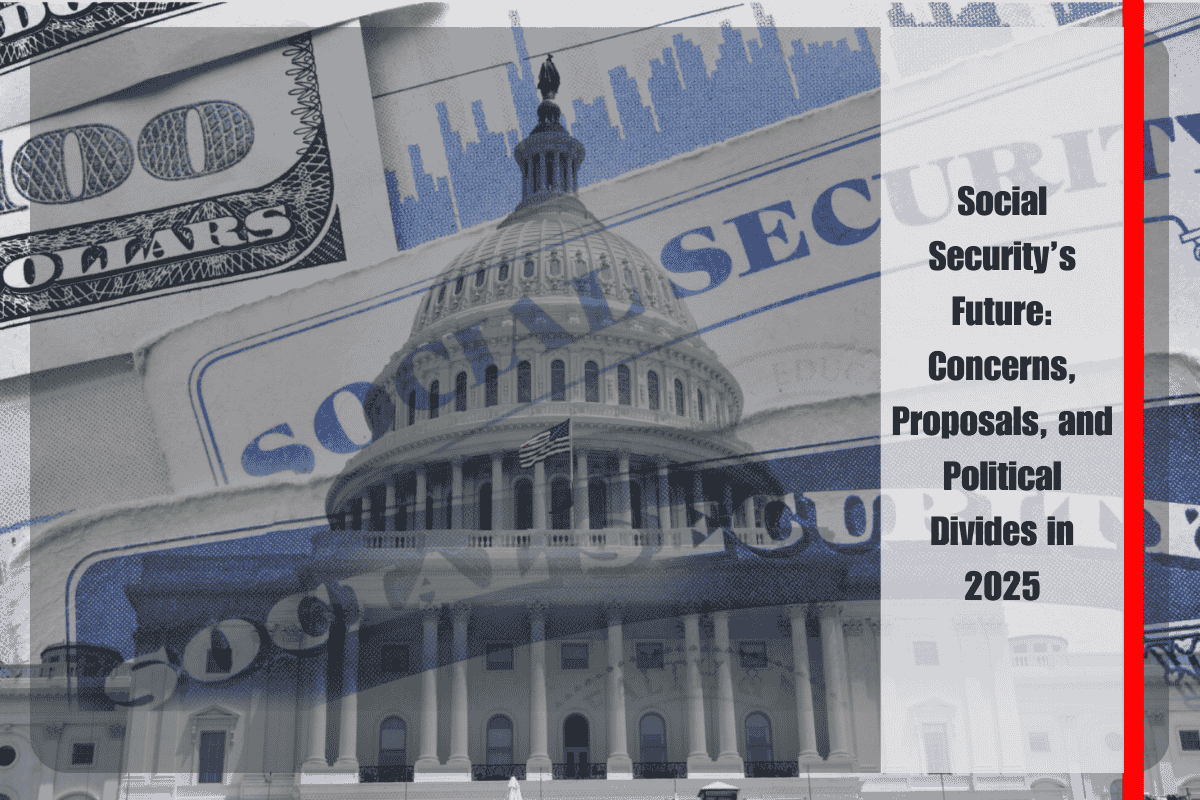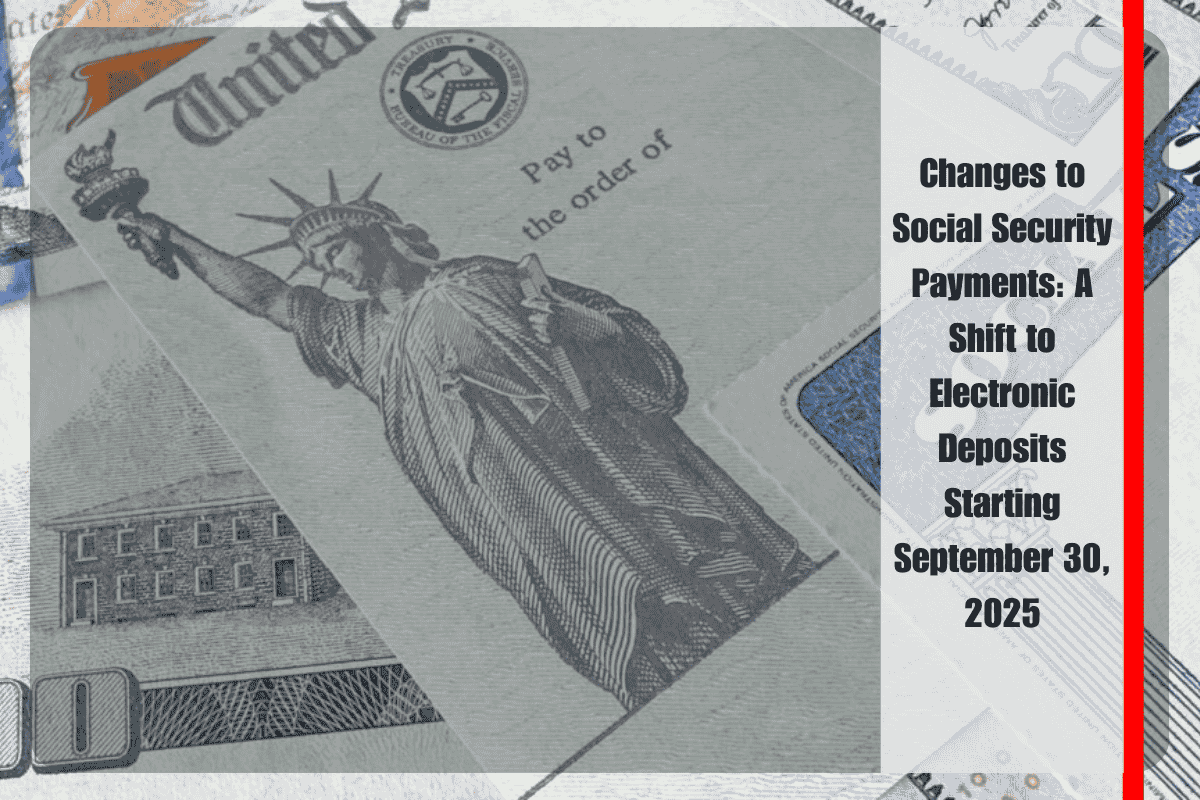This July, while summer brings heat and sunshine, it also brings important updates for over 5.6 million Americans receiving Social Security Disability Insurance (SSDI). These monthly payments, which can go up to $4,018 for some, are arriving on time as usual. But there’s big news that could affect nearly half a million people who still get their money through paper checks.
A major change is coming soon. Starting October 1, 2025, the Social Security Administration (SSA) will stop sending paper checks. This means everyone receiving SSDI will need to switch to an electronic payment method like direct deposit or a Direct Express card before September 30, 2025.
SSDI Payment Dates for July 2025
If you’re wondering when your SSDI money will arrive in July, here’s the schedule:
People born between the 1st and 10th will get their payment on Wednesday, July 9.
Those born between the 11th and 20th will receive theirs on Wednesday, July 16.
And those born from the 21st to the 31st will be paid on Wednesday, July 23.
How Much Will You Get?
The biggest SSDI payment in July 2025 is $4,018 per month, but this amount is only for people who had very high earnings throughout their careers and have reached full retirement age, which is 67 this year. Think of senior doctors or top company managers.
Most people get much less. The average monthly SSDI payment is around $1,580. If the person getting SSDI also supports a spouse or children, the combined family benefit could go up to $2,826 a month, depending on each case.
Who Can Qualify for SSDI?
To qualify for SSDI, two things are needed:
First, you must have worked long enough and earned enough Social Security “credits.” In 2025, for every $1,810 you earn through a job, you get one credit. You can earn up to four credits a year. Usually, you need 40 credits in total, with 20 earned in the last 10 years before your disability began. Younger people may need fewer credits, depending on their age.
Second, you must have a serious medical condition. This could be one listed in the SSA’s official “Impairment List” or a condition so severe that it stops you from doing any kind of meaningful work for at least 12 months or more—or leads to death. Your income must also be under the “Substantial Gainful Activity” (SGA) level. In July 2025, that means:
If you are not blind: You can’t earn more than $1,620 per month.
If you are legally blind: You can’t earn more than $2,700 per month.
If you earn more than these limits from working, your SSDI benefits could be stopped or denied. The SSA makes exceptions for some severe or terminal illnesses, but in general, the rules are strict.
No More Paper Checks After September 2025
This is the biggest change coming for SSDI and all federal benefit payments. Starting from October 1, 2025, paper checks will no longer be sent in the mail. This change comes from a new federal order aimed at modernizing how government payments are made.
So what should you do?
Before September 30, 2025, you must choose one of the following options:
Get your payments through direct deposit into your bank account.
Apply for a Direct Express debit card from the government.
In some cases, use a digital wallet that’s approved for SSA payments (check with your service provider).
If you don’t make the change in time, you could face delays or problems with receiving your money.
SSDI payments continue to help millions of people in need, and the July 2025 schedule remains steady. But the way these payments are delivered is changing forever. By the end of September, all paper checks will stop, and you must switch to an electronic payment method. Don’t wait—take action now to avoid any disruption in your benefits.












